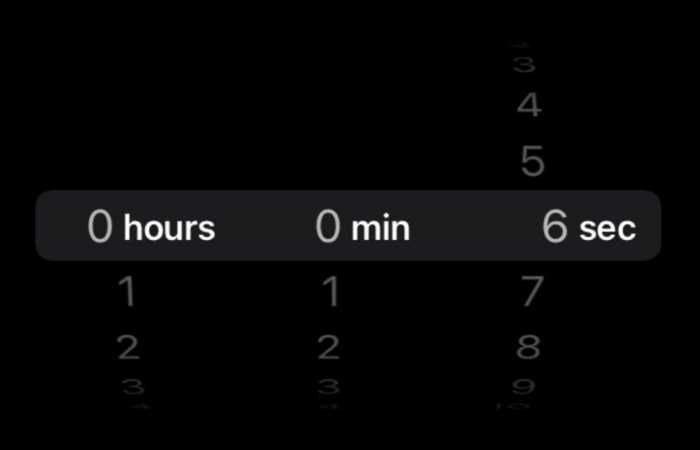When you think of people analytics you may think it’s only an HR tool or that you don’t need a tool to tell you about your people. You work with them every day. As their manager, you already know them. Well, that may be true, but how do you really know? Is it just a gut feeling or do you have hard evidence?
Relying on your instincts is harming your peoples’ performance potential
It’s not always easy to touch everyone, especially in today’s distributed work and project environments. And though a digital touch is better than nothing, a digital touch generally does not invoke the same interaction as grabbing a cup of coffee together, especially if that digital interaction is not visual.
Let’s face it, it’s harder to pick up trends of tardiness, poor productivity, missed assignments, or missing the right skills. Or even to recall interests and training needs, or to match people to new opportunities.
While you may know your people, without data, you are missing key insights that could make your workforce stronger. So why not employ a tool to help you monitor and manage all these details for each employee?
Today’s project environments are very fluid. Teams are constantly forming, disbanding and morphing. People coming and going regularly. You may have full-time employees, part-time, and contractors working together. Opportunities to learn, grow, and advance are plentiful in this environment, but it’s also hectic and fast-paced.
To keep up with the new pace of work, we tend to fall back on our biases. We go with people we know. People who can hit the ground running. People that have proven to get the job done in the past. We don’t have time to see if there’s a better option.
As a manager, you are also responsible for meeting the business goals handed down from above. That means simultaneously improving your people’s performance and the bottom line. Again, we have a tendency to put the same people in the same roles because we go with what we know. Change means taking a chance and the company bottom line (and your job) is not something you like to leave to chance.
But by operating in our comfort zone, we’re actually harming our teams’ performance potential. We can’t continue to operate in this manner if we want our workforce to remain competitive.
People Analytics: Your new way to manage your people
Organizations everywhere are facing a new business challenge, a talent shortage. Competition is fierce for skilled workers. Employee retention is a top priority as is filling the ever-growing skills gap within the organization. The employee is quickly becoming the organization’s most impactful and valued asset.
Why people analytics is your new super power
Now, more than ever, you need a new way to help you manage your people to ensure your company not only survives, but thrives. We must force ourselves to learn a new way to manage our most valuable asset, the employee.
A key component of this new management style is monitoring and managing the details of the employee experience using people analytics.
Let’s be clear, people analytics should not be viewed as a tool to spy on your employees, but rather a collaboration tool that you and your employees use to monitor and achieve the well-being and self-fulfillment of the employee, the employee experience, as well as feed the overall health of the organization.
For people analytics to be truly effective, your employees must be able to express job interests, career objectives and professional goals. Together you set short and long-term objectives, provide feedback and monitor progress. To engage, not spy. To interact, not dictate. To explore, not pigeonhole. Your job, as a manager, is then to align business goals with their individual goals to produce a strong, engaged workforce.
People analytics tools give you an entirely new superpower: enhanced visibility into your workforce. Using people analytics you can:
- Identify training needs
- Optimize project assignments
- Discover hidden candidates for internal job opportunities
- Help your employees maximize performance and growth
- Improve job satisfaction and increase employee retention
- Identify and fill internal skills gaps
We cannot fix what we don’t know about. People analytics gives you a single window to view your workforce, with no detail left unturned. We use tools like this in our everyday lives to ensure we don’t miss a beat. For example, you probably use an alarm clock to make sure you wake up in the morning.
Why not use a tool that can give you a nudge to when someone appears to be faltering? People analytics gives you the opportunity to intervene, be proactive before a crisis hits. When all you can do is react, it may be too late. People analytics also empowers you and your employees to plan a path forward, one where tangible goals can be set and progress visible to both of you.
Ultimately, it will always come down to interaction and collaboration between managers and employees. But, people analytics provides a much-need focus in a face-paced, evolving workplace.
People analytics is not the solution, but rather a great tool that managers like you can use to gain visibility into your workforce to maximize your people decisions and improve operational outcomes.






